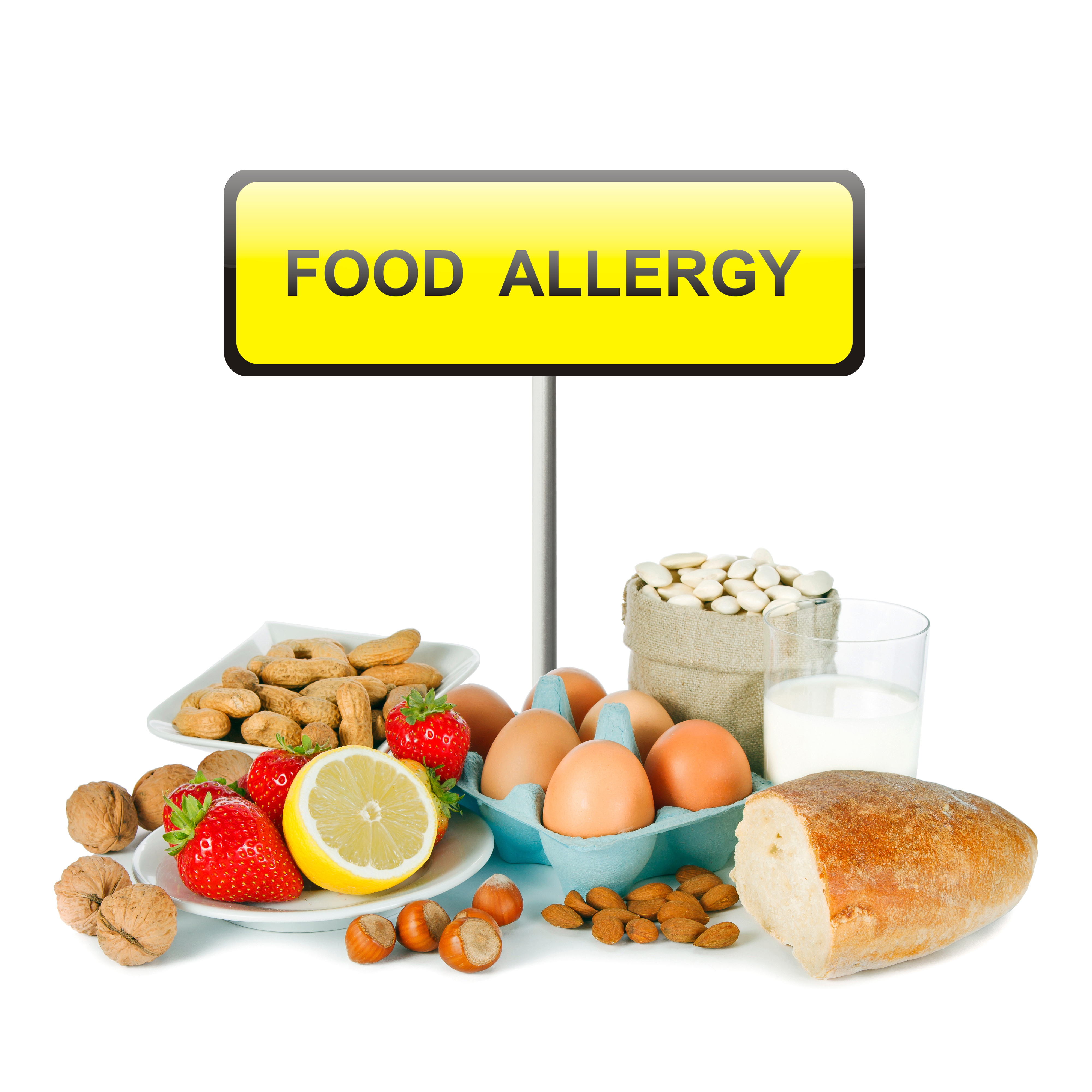“Are your glazed donuts nut-free?” “Does that sandwich have mayonnaise?” “Where are your gluten-free snacks?” When you hear questions like these from your customers, it might be tempting to write them off as high-maintenance. Before you do that, though, consider this: 1 in 25 Americans has a food allergy. When your customers seek you out to ask a question about your foodservice items, it could very well be that their life (or at least their temporary well-being) depends on it.
Food Allergen Training
All staff members who interact with customers should be trained on food allergy safety, even if their main role isn’t in foodservice. Food allergies are a safety issue that threatens the health of both your customers and your business. Your best bet to train your staff is with an online food allergy awareness course that allows you to assess and track employees’ learning. On the job refreshers help reinforce what your employees learn online. Teach them these five simple rules about food allergies:
Listen
When a customer asks how a particular food is prepared or what its ingredients are, listen carefully. If they don’t mention they’re asking because of an allergy, ask them if that’s the concern. They’ll feel more at ease when you clarify their question — it shows you’ve heard them and you understand the importance of responding accurately.
Identify
To help spot allergy concerns, know the eight foods that account for 90% of all food-allergic reactions:
- Milk: This category includes chocolate milk, butter, yogurt, cheeses, and ice cream.
- Egg: or any product containing egg.
- Peanuts: or any product containing peanuts, even trace amounts.
- Tree nuts: this includes walnuts, almonds, hazel, cashew, pistachio, and pecans.
- Fish: for example, flounder, salmon, bass, and cod.
- Shellfish: this includes crab, lobster, and shrimp.
- Wheat: wheat can be found in bread, flour, roux, breading, cakes and cookies, soup bases, and some flavorings.
- Soy: for example, tofu and soy sauce.
Know
Know the ingredients in all the store’s foodservice products, and understand how they’re prepared. Preparation can be as important as the actual ingredients. Fried foods, for example, can be dangerous to a person based on the type of oil they were fried in or what other types of foods were fried in that same oil. Remember that even trace amounts of a food allergen can trigger a serious reaction.
Inform
You may not know the answer to every question, and that’s okay, but assuming you know is never okay. If you’re not sure of an answer, find someone who is. If you can’t do that, be honest with the customer. Let them know you’re not sure and recommend against that particular item. If possible, suggest an alternative you’re sure is safe.
React
An allergic reaction can occur within minutes. Symptoms can range from mild to life threatening and include hives, flushed skin, rash, a tingling or itchy sensation in the mouth, swelling of the lips, tongue and throat, vomiting, diarrhea, abdominal cramps, coughing or wheezing, dizziness and/or lightheadedness, difficulty breathing, and loss of consciousness. If a customer is experiencing a serious reaction, call 9-1-1 and notify your supervisor immediately. While you wait for emergency services, keep the victim where they are. Movement can sometimes cause the allergic reaction to increase in severity.
Above all, the safety of customers is every staff member’s responsibility. Food allergen training protects your customers, your staff, and your store.





